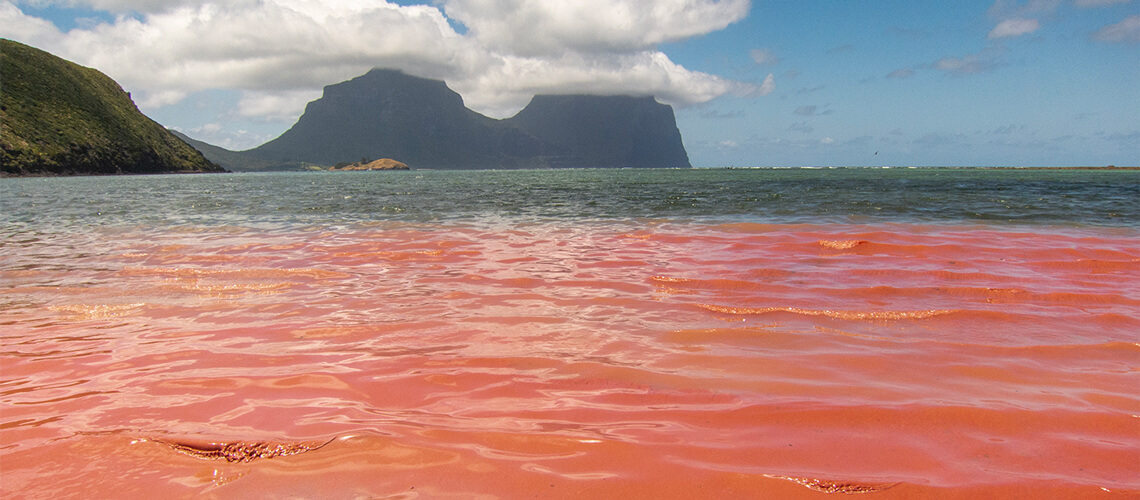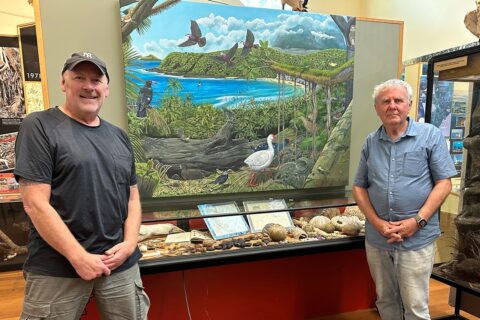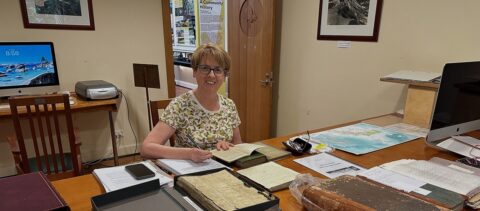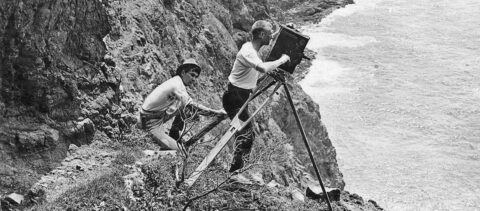When I was cycling to the museum along Lagoon Road on the morning of 29th December, I could smell that the coral had spawned – not an unpleasant odour, but a distinctive sweet, beachy smell.
Why does mass spawning occur?
When corals reproduce, often all individuals of many different species all spawn together in something called “mass spawning”. Why do the corals exhibit this “mass spawning”?
The corals are animals and for sexual reproduction individuals produce eggs and sperm, as do most animals when it is time to reproduce. With corals, there are many different sexual combinations – some corals are hermaphroditic (having both male and female reproductive cells). Others are either male or female. Both sexes can occur in a colony, or a colony may consist only of individuals of the same sex.
However, unlike mobile animals where a male or female can move around to search for a mate, to fertilise an egg with a sperm, the coral polyps are attached to the substrate and cannot go in search of a mate. So, their strategy is to release hundreds of eggs and sperm into the ocean, and hope that in the water, sperm will meet an egg and initiate fertilisation. Following fertilisation, the egg begins to divide and create a multicellular larva.
The life of the sperm and eggs is only a few hours, so there needs to be a lot of eggs and sperm for successful fertilisation to take place. Once formed, the larva can float or swim slowly in the ocean, for a few days to a month, to disperse the larva, which will eventually settle down and attach to a hard substrate (a rock or old coral ). Then the larva will develop into the adult coral polyp with its calcium carbonate skeleton that will undergo asexual reproduction and multiply by budding new polyps off the original ones to form a coral colony that may eventually have thousands of polyps.
It is believed that because of this fact of being attached and not mobile, and the short life of the eggs and sperm, it is essential for most of the individuals of a species to reproduce at the same time – hence the term mass spawning.
On a coral reef, usually many coral species will all spawn on the one night, perhaps tuned to the same environmental cues. So the mass spawning is more spectacular. The month that spawning occurs usually correlates to the time when the highest rate of warming of the water occurs (not necessarily the warmest water).
When does coral spawning happen on Lord Howe Island?
Different coral reefs in different locations around the world spawn at different times of the year. The month of the year and the number of nights following the full moon that spawning occurs can vary for different locations. Generally, most of the corals on the Great Barrier Reef spawn from a few to five nights after the full moon in October or November.
On Lord Howe Island the coral spawn at a different time of the year; and not always in the same month.
Usually, it will happen 8 or 9 nights after the full moon in December, January or February – depending when the full moon is in the month – for example if the December full moon is towards the very end of the month it can happen 8 or 9 nights after that full moon and be in early January.
Often there will be more than one spawning event at Lord Howe Island with some coral species in January and some in February; and even they may spawn over one or three nights in the same month.
The spawning is most often noticed if there is an onshore wind on the lagoon side of the Island, as the eggs and larvae get blown along the lagoon beaches where people can easily see it. There may be a bright pink band floating on top of the water or a general pink tinge through the water if they sink.
If it is an offshore wind when the spawning occurs then the eggs and larvae may get blown out to sea and never be noticed.
So for 2024 we have had an early spawning event at Lord Howe Island, but it is likely we will see another before summer is over.
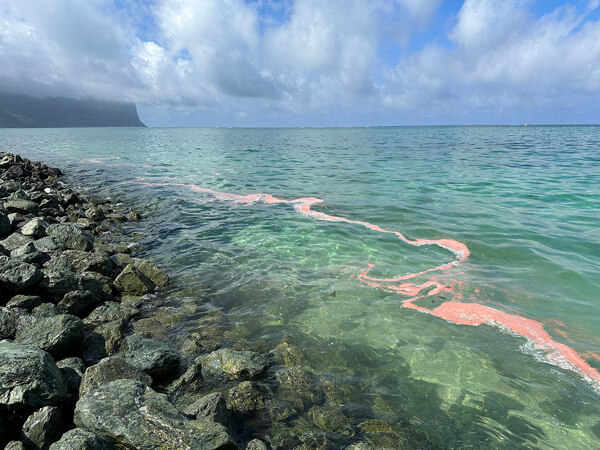
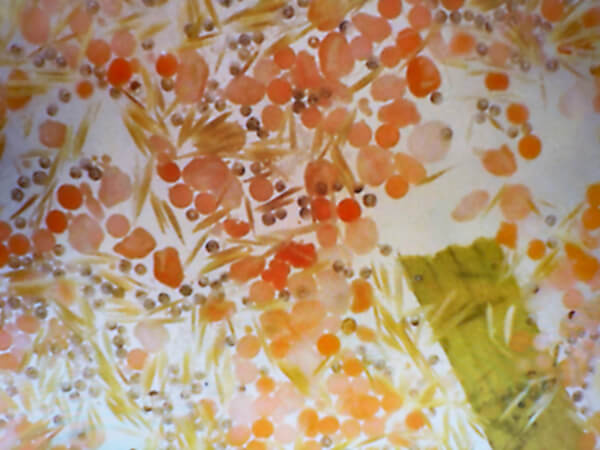
Further reading
Coral Spawning – fast tracking world-leading research
Australian Government, Department of Climate Change, Energy, the Environment and Water.
Everything you need to know about coral spawning on the Great Barrier Reef
Queensland Government, Tourism & Events.

